1. Prince Kung's Mansion
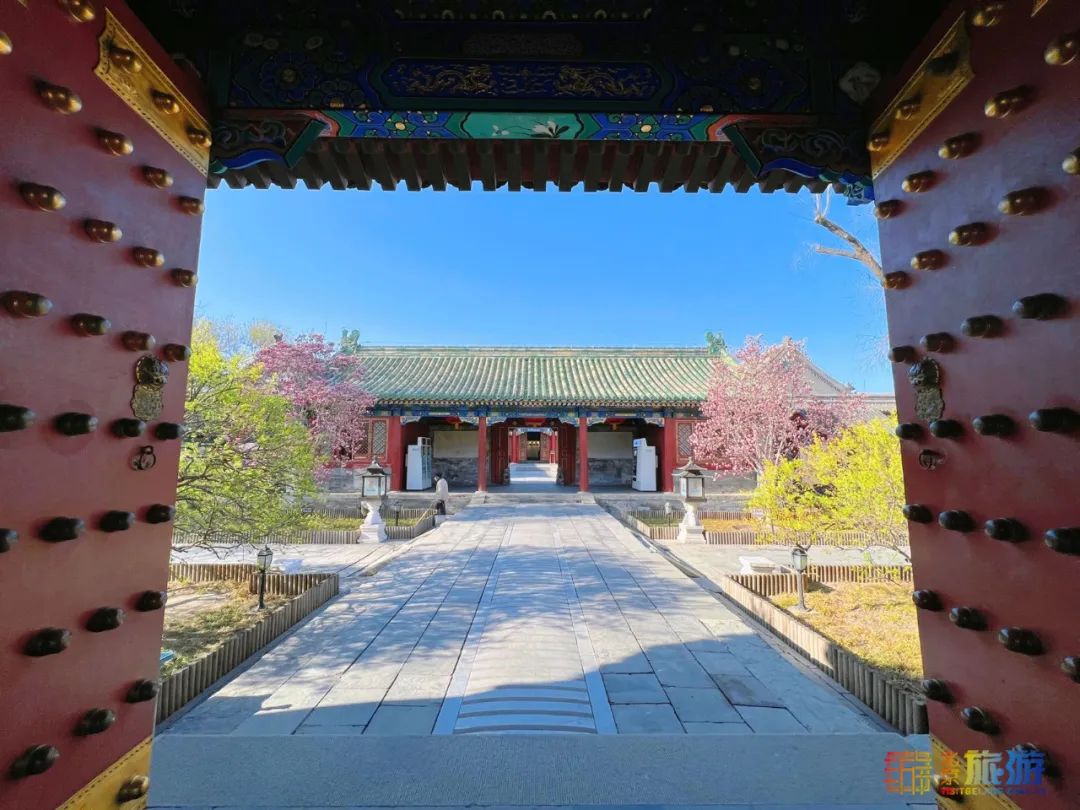
Prince Kung's Mansion carries half of the history of the Qing Dynasty. The Prince Kung's Mansion we visit today was at its most glorious appearance during the reign of Tongzhi and Guangxu in the Qing Dynasty. Located on Qianhai West Street in Xicheng District of Beijing, it is the largest quadrangle dwelling in the world and one of the most well-preserved among more than 60 royal mansions of the Qing Dynasty in Beijing today. There are three wonders in the mansion, namely the Grand Opera House, the Houzhao Building and the Western-style Gate.
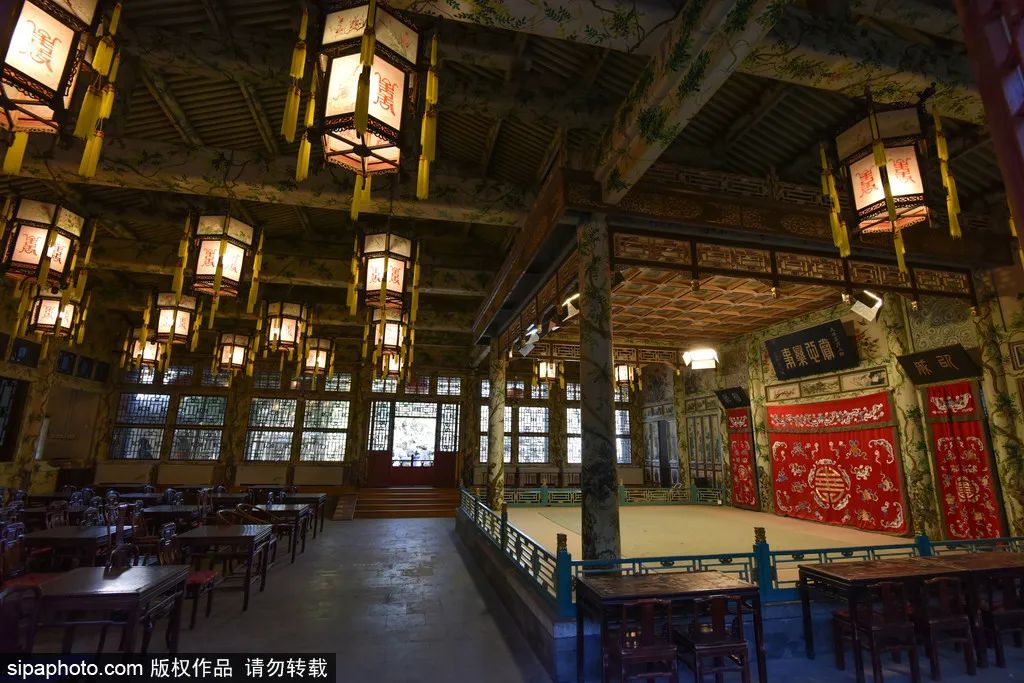

Built during the Tongzhi period (1862-1874), the Grand Opera House was a place for Prince Kung and his family and friends to enjoy operas. It is the only fully enclosed opera house that exists in China. The Houzhao Building is located at the junction of the residence and the garden. 111 houses are connected in a row, reaching more than 180 meters long. The Western-style Gate is located at the southernmost end of the middle of the garden and is the main gate of the garden. It is called "Jing Han Tai Gu" and was built by Yixin. The gate is carved by Chinese white jade stone, and its shape is modeled after that of the gate of Dafahai Garden in Yuanmingyuan.

At present, magnolias, peach and begonias blossoms are already in full bloom in the museum. The cross courtyard and Ledao Hall are the "main site" for magnolias. The best viewing spots for the begonias are located in the No. 1 East courtyard and the Houzhao Building.
Please follow the WeChat public account of [Prince Kung's Mansion] to reserve tickets for the tour.
Address: No. 17 Qianhai West Street, Xicheng District, Beijing
2. Prince Yong's Palace
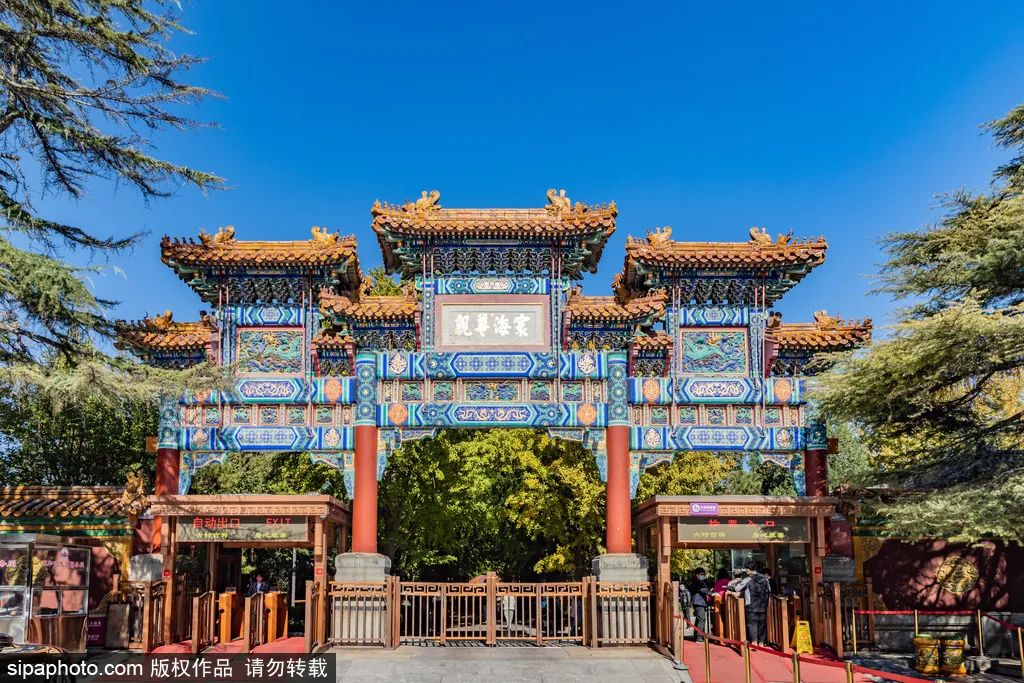
Prince Yong's Palace is now known as the Lama Temple. It is located in the northeast corner of downtown Beijing. In 1694, the Kangxi Emperor built a mansion here and gave it to his fourth son, Prince Yong, who later became the Yongzheng Emperor. Now it is a Tibetan Buddhist temple called Lama Temple.
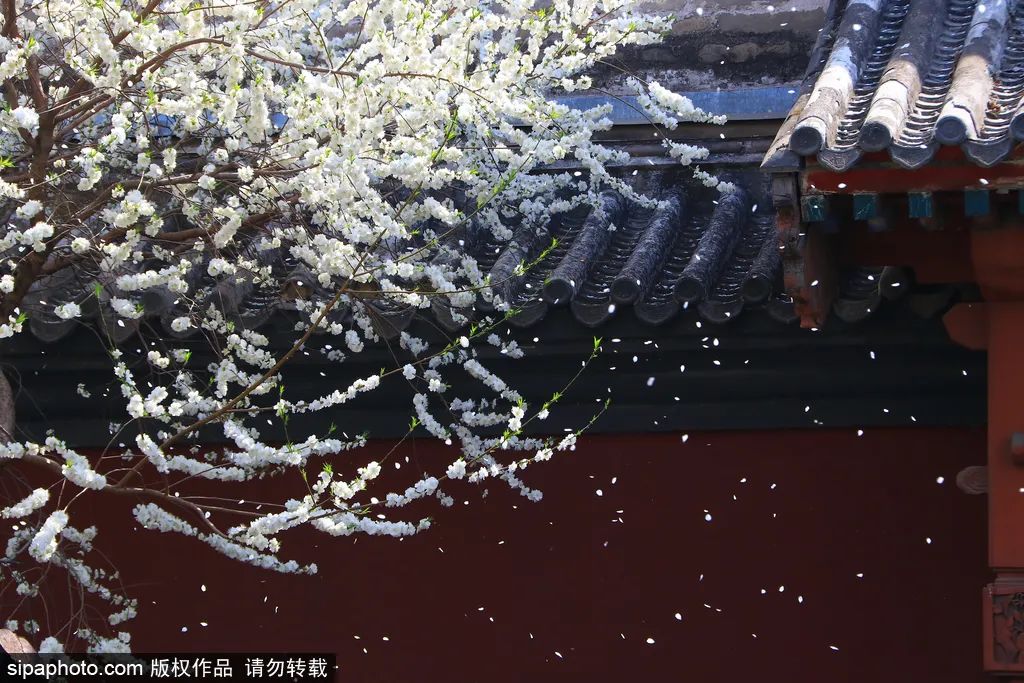

The building of the mansion is a miniature version of the imperial palace, with a total of more than 1,200 various buildings. Many of the halls are dedicated to Buddha statues, Thangkas and precious cultural relics, showing a royal style. There are also many stores in the surrounding area, where you can learn about Thangka culture conveniently. Inside the Lama Palace, the lilacs are in bloom and the fragrance is refreshing.
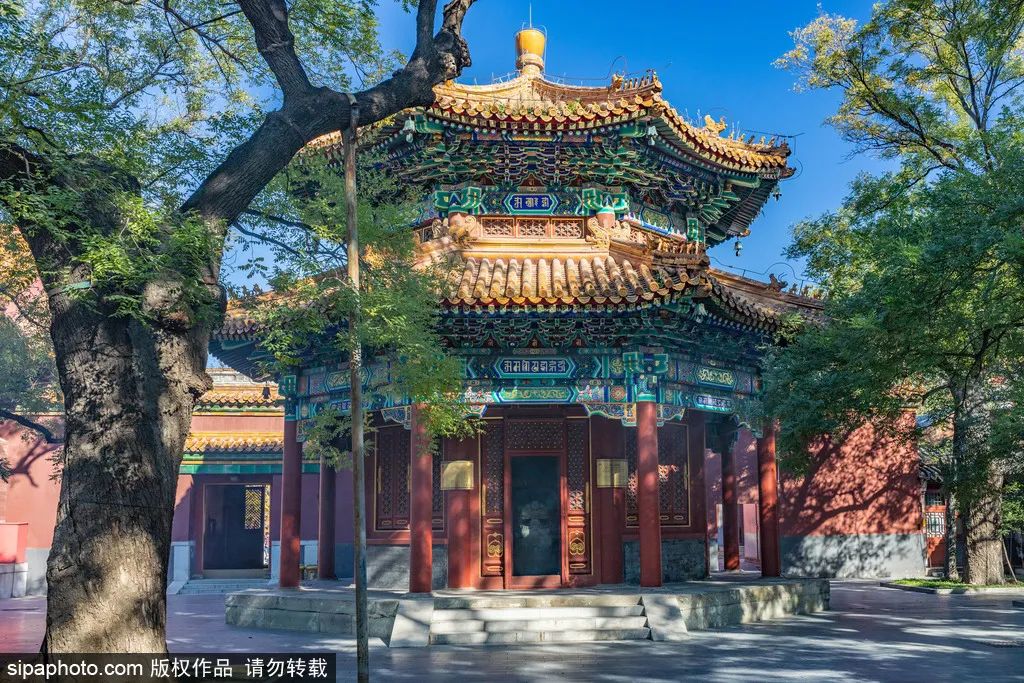
The Lama Temple is now open again. Please follow the WeChat public account of "Yonghegong Visitor Service" to reserve tickets for the tour.
Address: No.12 Yonghegong Street, Dongcheng District, Beijing
3. Prince Chun's Mansion
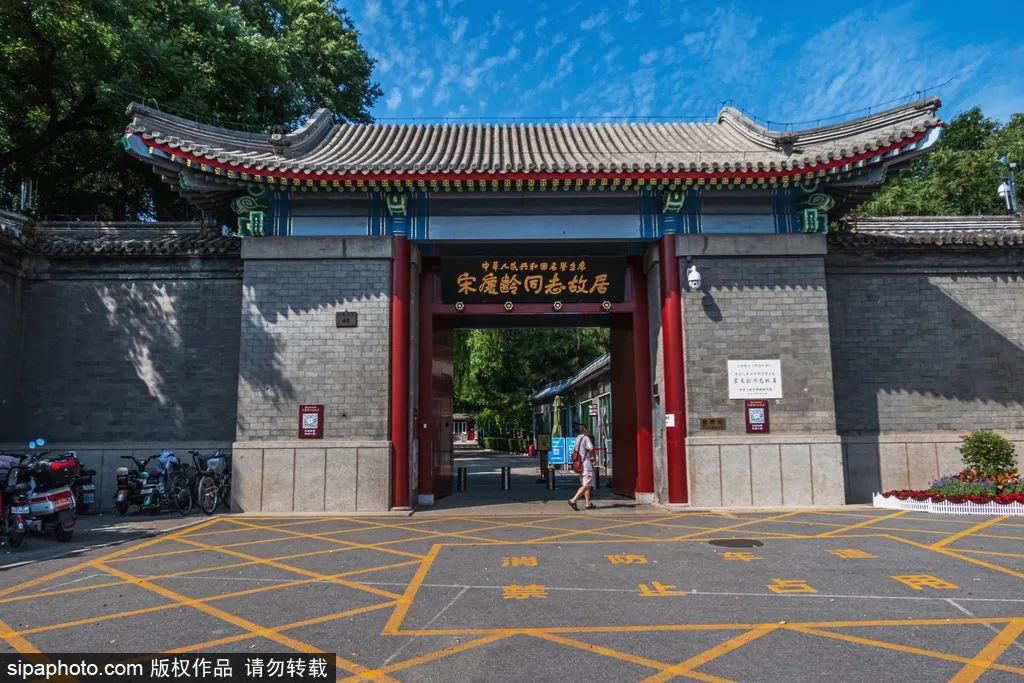
The residence of Song Qingling, located at No. 46, Houhai Beiyan, was originally the royal garden of Prince Zai Feng, father of Pu Yi, the last emperor of the Qing Dynasty. Together with the buildings on the east side, it belongs to the Prince Chun's Mansion.
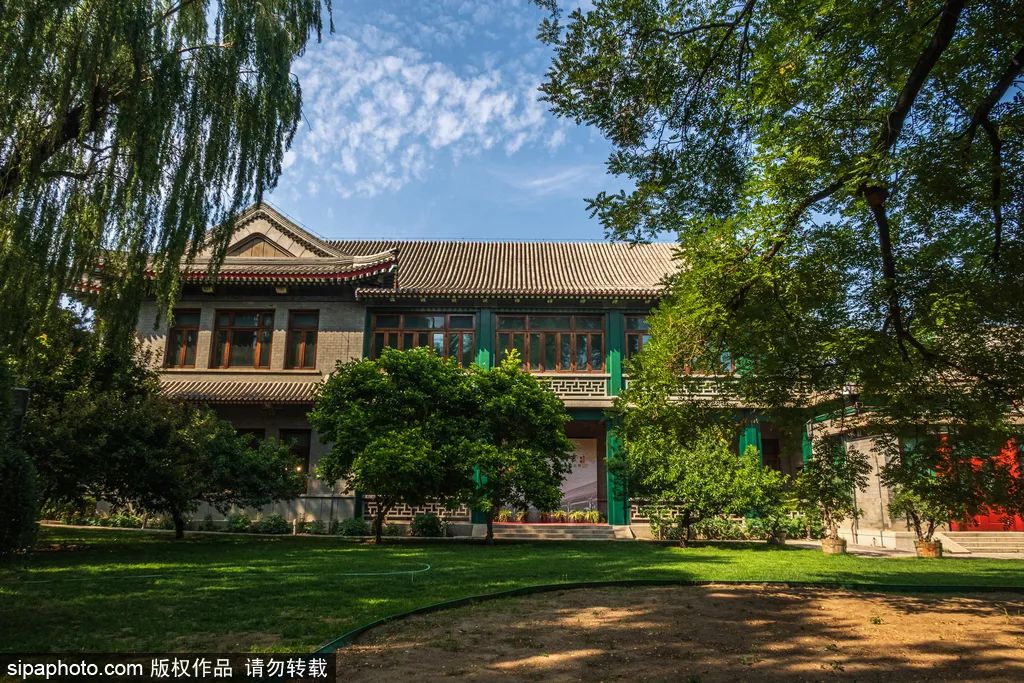
There are three hills on the south, west and north sides of the courtyard, and inside the hills there is living water brought in from Houhai. The buildings of the Qing Dynasty in the original Mansion Garden have been restored to their original state during Song Qingling's lifetime. To the west of the ancient complex, a two-story building combining Chinese and Western architecture is the residence of Song Qingling (built later), serving as an office and a meeting room. Between the complex and the South Lake is a lawn. On the south shore of South Lake, there is a two-story building of the Ming Dynasty, called South Building. On the east side of the South Hill, there is the Sha Pavilion, and the west side is the Tingyu House.
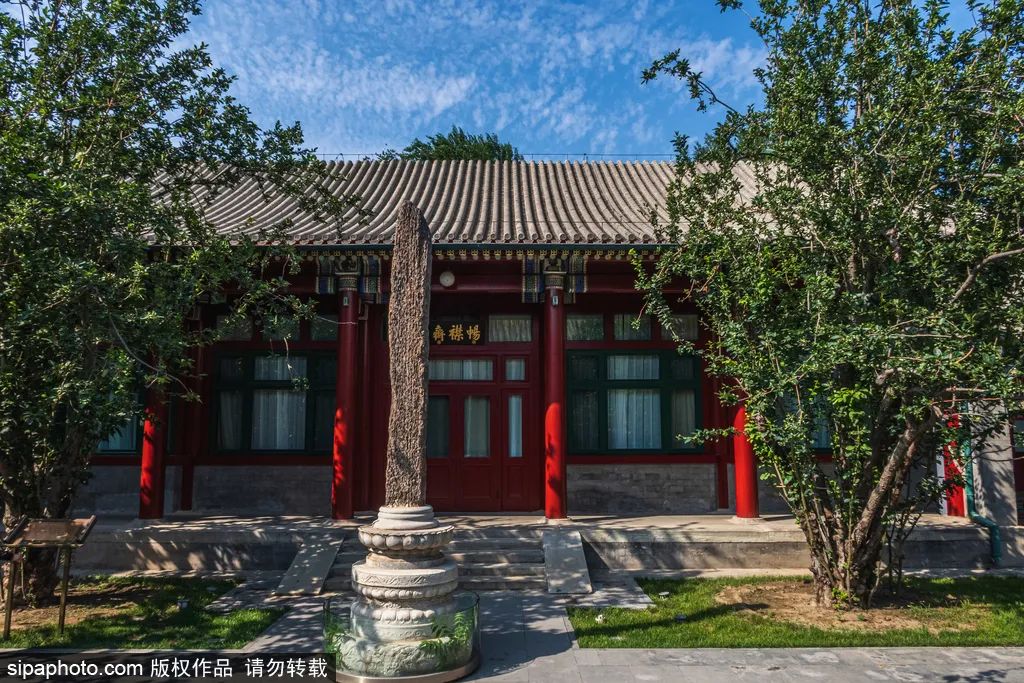
Various flowers such as peony, Chinese peony and lilac are blooming in the garden. The ancient tree, Xifu Begonia, is called the "Top Ten Most Beautiful Trees" in Beijing. The two trees fill up the whole courtyard when the begonias are in full bloom!
Please follow the WeChat public account of "Yonghegong Visitor Service" to reserve tickets for the tour.
Address: No. 44, Houhai Beiyan, Xicheng District, Beijing



